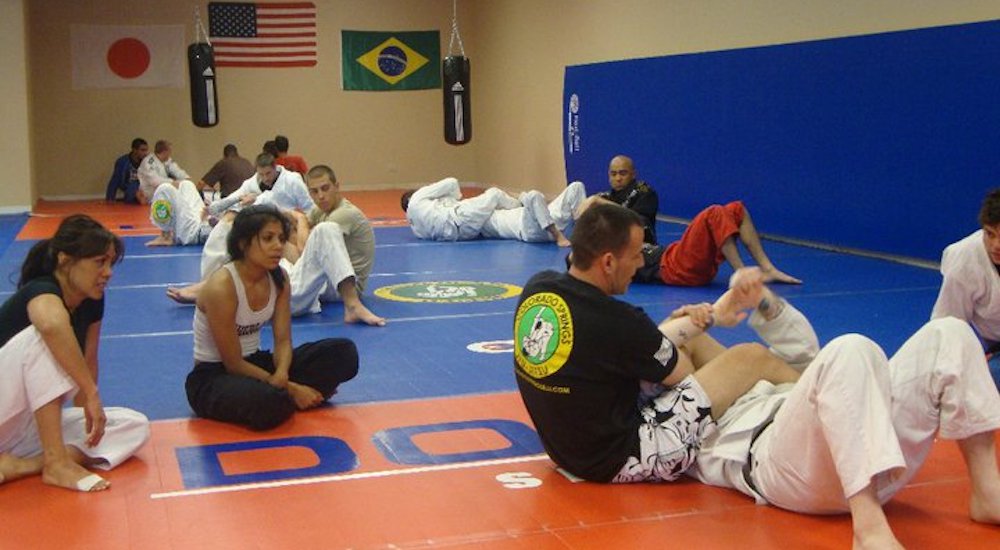The History of BJJ

In the mid-1800’s in Japan, there were a large number of styles (“ryu”) of Jiu-Jitsu (sometimes spelled “jujitsu”). Techniques varied between ryu, but generally included all manner of unarmed combat (strikes, throws, locks, chokes, wrestling, etc.) and occasionally some weapons training. One young but skilled master of a number of Jiu-Jitsu styles, Jigoro Kano, founded his own ryu and created the martial art Judo (aka Kano-ryu Jiu-Jitsu) in the 1880’s.
One of Kano’s primary insights was to include full-power practice against resisting, competent opponents, rather than solely rely on the partner practice that was much more common at the time.
One of Kano’s students was Mitsuo Maeda, who was also known as Count Koma (“Count of Combat”). Maeda immigrated to Brazil in 1914. He was helped a great deal by the Brazilian politician Gastão Gracie, whose father George Gracie had emigrated to Brazil himself from Scotland. In gratitude for the assistance, Maeda taught Jiu-Jitsu to Gastao’s son Carlos Gracie. Carlos in turn taught his brothers Osvaldo, Gastão Jr., Jorge, and Helio.
In 1925, Carlos and his brothers opened their first Jiu-Jitsu academy, and Gracie Jiu-Jitsu was born in Brazil. At this point, the base of techniques in BJJ was similar to those in Kano’s Judo academy in Japan. As the years progressed, however, the brothers (notably Carlos and Helio) and their students refined their art via brutal no-rules fights, both in public challenges and on the street. Particularly notable was their willingness to fight outside of weight categories, permitting a skilled small fighter to attempt to defeat a much larger opponent. They began to concentrate more and more on submission ground fighting, especially utilizing the guard position. This allowed a weaker man to defend against a stronger one, bide his time, and eventually emerge victorious.
Belt ranks start at white belt, and progress through blue, purple, brown, and then black. It generally takes about 2-3 years of training multiple times per week to be promoted to the next belt rank. However, there is no formal rank test. Instead, rank is about the ability to apply Jiu-Jitsu techniques in a competitive match. A student generally needs to be able to reliably defeat most other students at a given rank in order to be promoted to the next rank.
Given the Jiu-Jitsu roots, and the interest in competition, occasionally related techniques are taught. For example, takedowns tend to be similar to Judo and western wrestling; Some schools teach street self-defense or weapon defense as well. Also, many dedicated BJJ students are also interested in MMA competition, and practice their techniques without a gi, and sometimes with adding striking from boxing or Muay Thai.
Some of the Areas We Serve:
- Colorado Springs
- Pleasant Valley
- Manitou Springs
- Gleneagle

